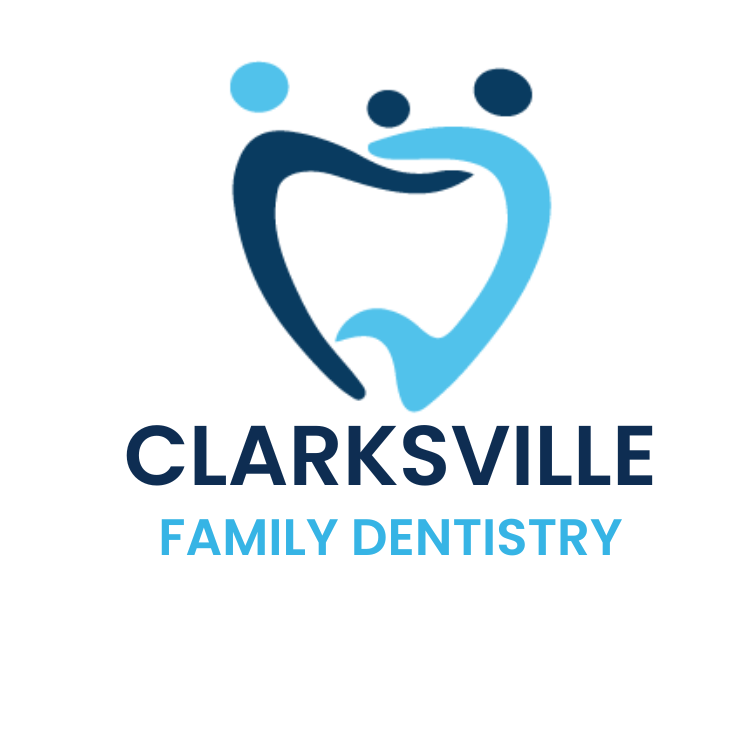
Plaque vs. Tartar: Differences and Prevention
Your teeth, shielded by enamel, endure years of wear and tear. However, when plaque accumulates and hardens, tartar emerges, posing risks to your dental health. Knowing the disparity between plaque and tartar, along with preventive measures, safeguards your overall dental well-being.
Plaque Unveiled:
Plaque, a soft, adhesive film, arises from a blend of bacteria, saliva, and food remnants. The American Dental Association (ADA) identifies over 500 bacteria species in plaque, some beneficial, others detrimental to oral health. Following consumption, especially of sugary fare, harmful bacteria generate acids that erode tooth enamel, potentially leading to severe dental complications. Neglected plaque solidifies into tartar, instigating gum inflammation—an early indicator of periodontal ailments. Common plaque symptoms include persistent bad breath, tooth fuzziness, and tender, bleeding gums.
Tartar Encountered:
When plaque lingers, mingling with salivary minerals, it metamorphoses into tartar, or calculus. This hardened deposit adheres to tooth surfaces or embeds beneath the gum line, impeding effective cleaning. Subsequently, tartar necessitates professional removal to forestall periodontal afflictions. Initial stages, such as gingivitis, manifest symptoms like swollen, bleeding gums. Untreated, gingivitis progresses to periodontitis, prompting gum recession and tooth instability. Identifiable tartar signs encompass swollen gum tissue and a coarse tooth texture.
Treatment and Prevention:
Combat plaque with diligent daily brushing and flossing. However, tartar eradication demands dental intervention. Bolster oral hygiene by brushing twice daily, flossing regularly, and attending biannual dental checkups for cleanings. Restrict sugary intake and post-indulgence, brush to thwart plaque formation. Additional preventive strategies encompass dental sealants and fluoride treatments, fortifying tooth defenses against decay. Maintain routine dental assessments to monitor and fortify oral health.
Sealing the Deal:
By upholding meticulous oral care, you thwart tartar genesis, safeguarding tooth enamel and averting gum maladies. Prioritize biannual dental evaluations to preclude plaque progression and mitigate tartar risks, ensuring enduring dental wellness.
